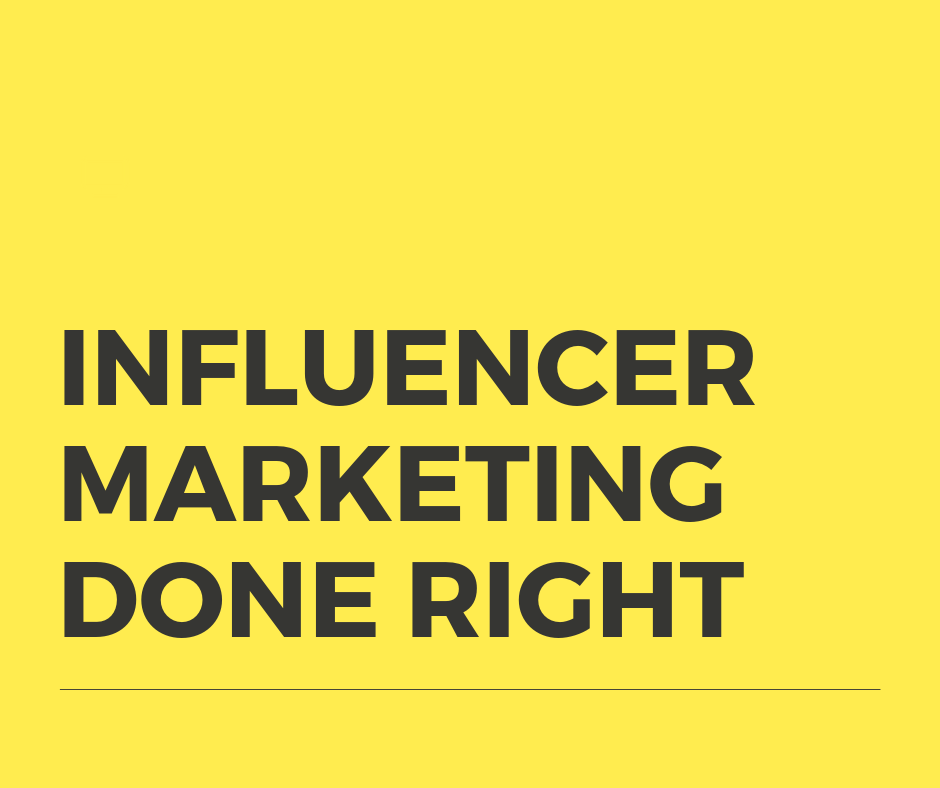
Brand personality in the age of bots?

David Ogilvy spoke about the importance of building a distinct brand personality way back in 1955 – when the formal discipline of marketing was being built by practitioners like him. In an address to the American Association of Advertising Agencies, he said, “Every advertisement is part of the long-term investment in the personality of the brand.”
Some of the thoughts from this talk are profound. Taking the example of Marlboro Cigarettes, Ogilvy appreciates the foresightedness and bravado of the associates at Leo Burnett who along with the owners at Marlboro decided to give the brand an exclusively American-male personality. Ogilvy goes on to say: “Most brand owners are reluctant to accept any such limitation on the image of their brand and end of being a wishy-washy-neuter brand”. In his unique articulate way he says, “No capon ever rules the roost – and neuter brands get no place in today’s market”.
This very talk led to the discourse on building a personality around brands. The important points are:
- The brands which rely on discounts, coupons as the sole method to propagate sales will eventually fail. In his words, “Most mail-order advertising is hit-and-run. In-and-out. Caveat emptor, and devil-take-the-hindmost. The less personality, the more coupon returns. The smaller the illustration, the more coupon returns. The fewer idiosyncrasies in the presentation, the more coupon returns. The more buckeyed the boiler-plate, the more coupon returns.” Those discounting regularly and not doing enough to build a personality might in fact be building a “bargain-basement personality.”
- Every creative and advertisement should be considered as a contribution to the complex symbol, which is the brand image. ‘The advertising managers come and go. The copywriters, the art directors and the account executives come and go. Even the agencies come and go. What guts it takes, what obstinate determination, to stick to one coherent creative policy, year after year, in the face of all the pressures to “come up with something new” every six months.’
- The brand image much be sharply defined. Use judgment to complement market research. ‘It is not easy to get agreement within an agency or within a client organization as to what kind of brand image to create. All too often, the brand image represents a compromise, a blurred, wishy-washy compromise.’ How often do we see greed take over while deciding on the personality because we do not wish to overlook any possible segment and end up having a brand with no personality whatsoever!
What of all this in the age of technology & bots?
This wisdom stood its ground years ago. Is this still relevant one may ask. In fact, for every argument on investing in building a brand image on social media, there are strong counters which are almost always along the following lines:
- Digital is different, brands need to adopt and change with agility. We need to come up with something new every 6 months.
- Being human is expensive! Technology is dehumanizing everything – even responses on social are being driven by technology. Customer service is increasingly done through automated emailers. It is leading to cost efficiencies (and customer delight!)
- There is a need to spruce up sales this quarter – we have no time or money to invest in the long run building of a brand personality.
- We need results and cannot hide behind “long-term effect”. This one which Ogilvy himself confessed of doing (before self-correcting and educating generations of marketers) – “I used to deride advertising men who talked about long-term effect. I used to accuse them of hiding behind long-term effect. I used to say that they used long-term effect as an alibi – to conceal their inability to make any single advertisement profitable.”
All of the above are weak, self serving arguments. Shortcuts. Good brands, like good relationships are not built for the short term and are definitely not built overnight.
As a matter of fact, technology, I would argue is the reason why we: a) Need to build a brand personality. and b) Use it to enhance the brand’s personality rather than abandon it. The following would present the rationale of why thinking about brand personality makes even more sense today than earlier.
Why does investing in building your brand’s persona in the era of bots & technology make sense?
- Algorithms of Facebook, Youtube, Google & Twitter are making your brand compete with people. No personality = no reach!
Facebook uses Edgerank to decide whose content & posts to show to you. Brands fight against humans to be visible on timelines. To fight this battle against humans (and other brands), your brand needs to be equipped – with personality traits which make them endearing & intriguing. Be empathetic, funny, knowledgeable, witty, or even snobbish – whichever traits you think make sense to engage with your consumer segment. To win over humans, the first thing which a brand needs to invest in is building a personality.
Youtube monitors time spent to suggest new videos. Google objectively measures user experience through a variety of measures including time spent, pages viewed, repeat or “organic” visits – all a proxy for how endearing or important a brand is to you.
There is news of Twitter going the filtered twitter feed way, using an Edgerank like algorithm.
What does all of this imply? Brands need to have a personality with the right traits & demonstrate that consistently to win over consumers and the right to be in front of them
- The effect of personality, or the lack of it, is getting amplified multiple times.
The frequency with which your brand is being seen is much more than before. The context in which it is experienced on digital is varied too. You may see an ad on facebook, an organic tweet on twitter and a few hours later might receive an email with an offer. Later, the next day, you might see a blog and even a piece of PR mention. If all of these adhere to a thought through brand personality, you are building a great long term asset, and fast. If this does not happen, the fall is steeper and sudden. Therefore, all the more reason to pay attention to the personality you are building or demolishing because with the amplification of digital it is happening fast either ways.
- Technology provides opportunities to engage with consumers, personally.
If you are a CMO, you’d know how your customer response team and communications team is being kept on their toes because of consumer complaints and queries on social media. This is an opportunity for the brand to connect on a personal level with a consumer who has had a bad experience. To show empathy in a manner aligned to your brand’s personality. Use wit, if it’s a witty brand; be courteous if it’s an upscale image or informal banter if it’s a youngish brand. A lot of training & technology is needed to be able to do justice to this task. Easier said than done.
- Complement your brand’s personality with technology. But don’t go overboard.
Sure, applied AI is making great strides over the last few years. One can quite accurately understand the consumers context and suggest a response using sophisticated tools. But, over-reliance on AI might very soon become apparent and make the brand appear as a cold robot, regardless of how promptly it responds. Uber is an example. By nature, we are social beings and might start resenting interacting with bots.
Technology should be used as an enabler of your brand’s personality and not a poor substitute. Keep the last mile connect ‘human’.
The relevance of building a brand personality has only increased. CMOs would do well to go with a sharply defined brand personality and invest in it for the long term. We should see each and every piece of creative communication, campaign & direct interaction with consumers as tiny pieces of the puzzle which make up this image. Importantly, use technology to speed up the building of this long term asset rather than abandon this pursuit for shorter term gains.





